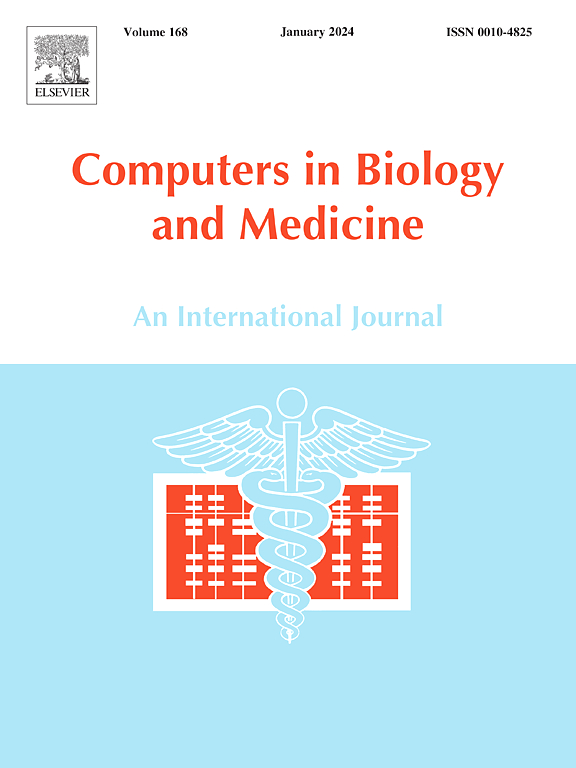Mutational and expression analysis of classical protein tyrosine phosphatase genes in pancreatic ductal adenocarcinoma
IF 7
2区 医学
Q1 BIOLOGY
引用次数: 0
Abstract
Background
Pancreatic cancer is a highly lethal and aggressive malignancy with a minimal five-year survival rate (5 %) and a high mortality rate. The most common and fast-growing type of pancreatic cancer is PDAC, which constitutes 90 % of all cases.
Objective
Numerous signaling pathways are disrupted in PDAC. We explored the mutational status and expression profiling of classical protein tyrosine phosphatase (PTP) genes, which are vital regulators of multiple significant signaling pathways.
Method
Through whole exome sequencing, we identified potentially pathogenic non-synonymous variants that were subsequently analyzed in-silico. To validate these findings, quantitative real-time PCR was performed on blood samples from PDAC patients to assess the expression of deleterious genes.
Results
All the potential pathogenic variants were localized within the phosphatase domain 1, fibronectin type III domain, and the FERM domain of classical PTPs regions crucial for the proper functioning of the respective proteins. Among the analyzed genes, PTPN3, PTPN12, PTPRK, and PTPRZ1 were found statistically significant (p < 0.05), highlighting their potential as novel prognostic biomarkers and therapeutic targets for PDAC.
Conclusion
These findings hold particular relevance for the Pakistani population, offering valuable insights into the genetic landscape of this aggressive cancer.
胰管腺癌经典蛋白酪氨酸磷酸酶基因突变及表达分析
胰腺癌是一种高致死率和侵袭性的恶性肿瘤,5年生存率最低(5%),死亡率高。最常见和增长最快的胰腺癌类型是PDAC,占所有病例的90%。目的PDAC中许多信号通路被破坏。我们研究了经典蛋白酪氨酸磷酸酶(PTP)基因的突变状态和表达谱,这些基因是多种重要信号通路的重要调节因子。方法通过全外显子组测序,我们确定了潜在的致病非同义变异,随后进行了计算机分析。为了验证这些发现,对PDAC患者的血液样本进行了定量实时PCR,以评估有害基因的表达。结果所有的潜在致病变异都定位于对各自蛋白正常功能至关重要的经典ptp区域的磷酸酶结构域1、纤维连接蛋白III型结构域和FERM结构域。在所分析的基因中,PTPN3、PTPN12、PTPRK和PTPRZ1差异均有统计学意义(p <;0.05),突出了它们作为PDAC的新型预后生物标志物和治疗靶点的潜力。结论:这些发现与巴基斯坦人群特别相关,为这种侵袭性癌症的遗传格局提供了有价值的见解。
本文章由计算机程序翻译,如有差异,请以英文原文为准。
求助全文
约1分钟内获得全文
求助全文
来源期刊

Computers in biology and medicine
工程技术-工程:生物医学
CiteScore
11.70
自引率
10.40%
发文量
1086
审稿时长
74 days
期刊介绍:
Computers in Biology and Medicine is an international forum for sharing groundbreaking advancements in the use of computers in bioscience and medicine. This journal serves as a medium for communicating essential research, instruction, ideas, and information regarding the rapidly evolving field of computer applications in these domains. By encouraging the exchange of knowledge, we aim to facilitate progress and innovation in the utilization of computers in biology and medicine.
 求助内容:
求助内容: 应助结果提醒方式:
应助结果提醒方式:


